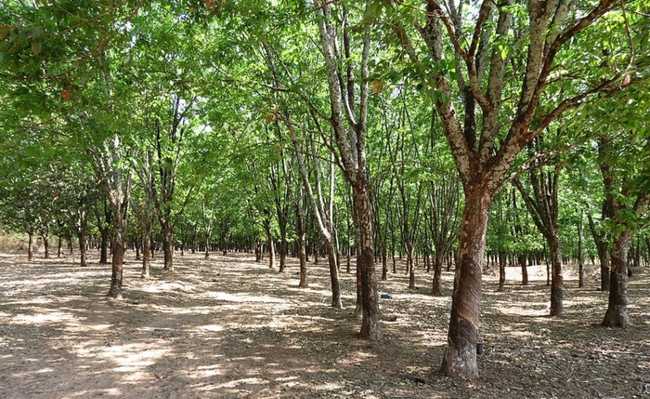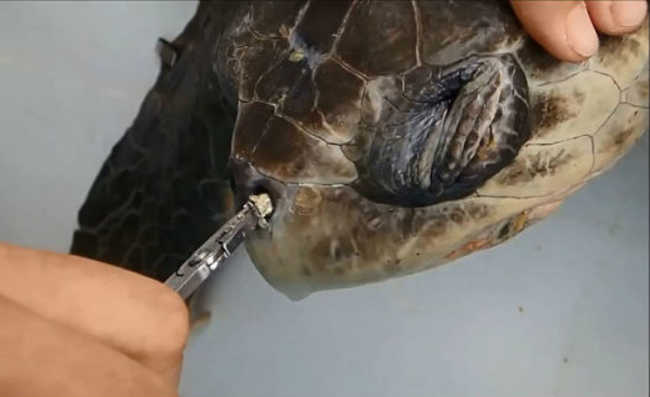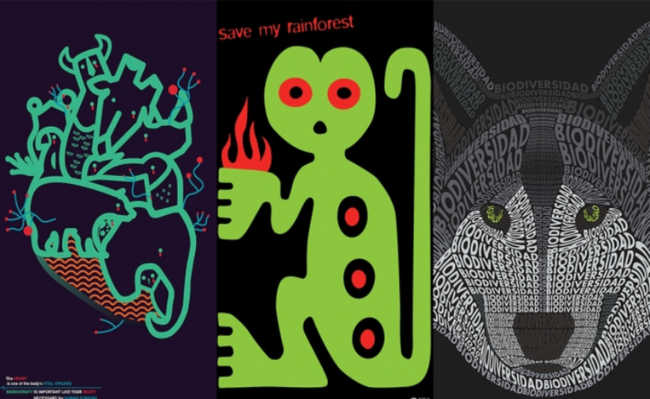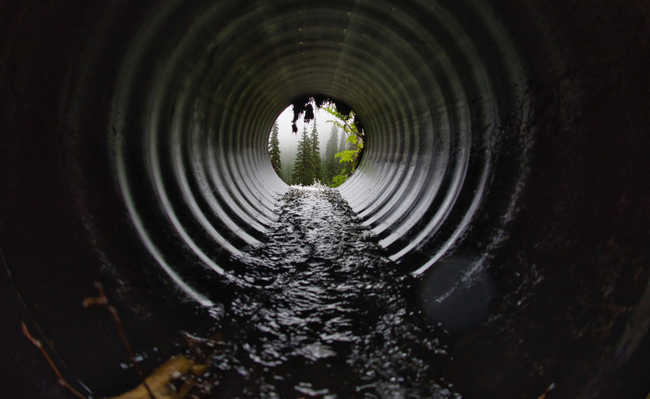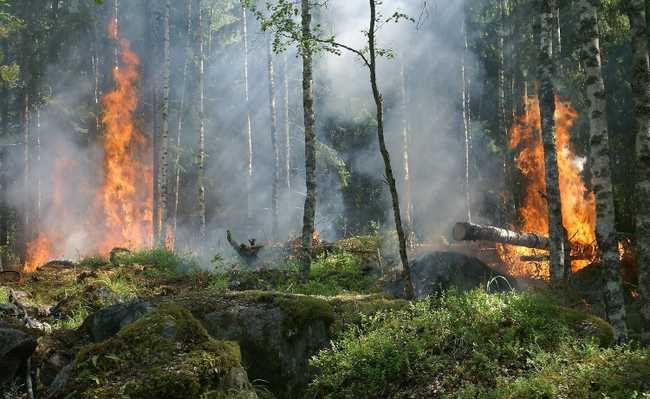Carbon Dioxide: What is CO2?
Carbon dioxide, or carbon dioxide is a gaseous chemical compound and one of the gases that can unbalance the greenhouse effect.
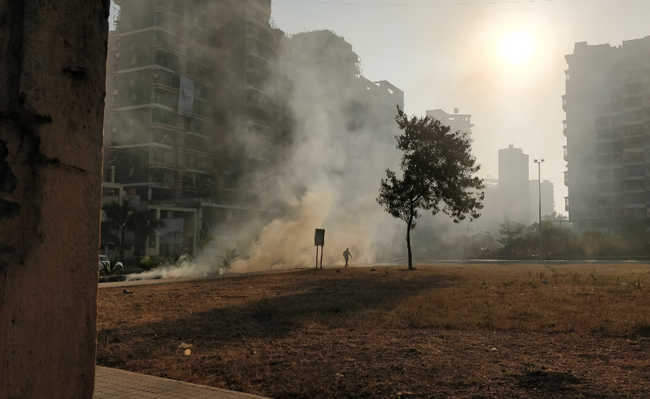
Edited and resized image of Pulkit Kamal, is available on Unsplash
What is carbon dioxide?
Also known as carbon dioxide, carbon dioxide, the famous CO2, is a gaseous chemical compound and one of the gases that can unbalance the greenhouse effect. Furthermore, it is difficult to detect, as it has no smell or taste.
Essential for life on the planet (as it is one of the main compounds used for photosynthesis), carbon is found in the atmosphere in the form of carbon dioxide. On the other hand, several organisms release CO2 into the atmosphere through the process of respiration, including plants and trees (known as CO2 compensators) which, in hot and dry conditions, close their pores to prevent water loss and change to the nocturnal breathing process, called photorespiration, that is, they consume oxygen and produce carbon dioxide.
- The real value of trees
However, what worries us is not the presence of carbon dioxide in the atmosphere, but the high concentration in which it is found, as it is the greenhouse gas that, according to certain scientific lines, contributes the most to global warming.
- What are greenhouse gases
Sources and uses
- Breathing of animals, humans and living organisms;
- Decomposition of living beings and materials;
- Volcanic eruptions;
- Human activity (mainly agricultural and industrial);
- Burning of fossil fuels (coal, power plant gas, oil, vehicles);
- Deforestation and fires;
- Washing of cellulose pulp and paper.
CO2 is also widely used in cement production, electricity generation, in fire extinguishers, to cool devices with dry ice and for the effervescence of soft drinks and sparkling water.
excess in the atmosphere
Agricultural activities and transport are important sources of carbon dioxide into the atmosphere. In addition, changes in land use (deforestation and fire) affect natural carbon stocks and reservoirs and, simultaneously, sinks (ecosystems with the capacity to absorb CO2) and carbon sequesters. The high concentration of carbon dioxide in the atmosphere began at the end of the 18th century, with the beginning of the Industrial Revolution, which demanded the use of large amounts of mineral coal and oil as energy sources. Since then, the average concentration of CO2 has been increasing and has already exceeded 400 parts per million (ppm) in 2016.
- Reducing red meat consumption is more effective against greenhouse gases than giving up driving, experts say
Effects
The high concentration of carbon dioxide leads to air pollution, acid rain, possible imbalance of the greenhouse effect (with a consequent rise in the Earth's temperature), which brings with it the melting of ice caps and the rise of ocean levels, resulting in a great environmental degradation of ecosystems and landscapes.
- What is air pollution? Know causes and types
According to a study by the USP Faculty of Medicine, the coexistence of human beings with pollution implies health effects, such as clinical changes in the population, that is, the onset of respiratory and cardiovascular diseases, especially in the elderly, children and people with problems respiratory. Among the symptoms and consequences are a higher incidence of asthma and bronchitis, increased asthma attacks and chest pain (chest discomfort), functional limitation, greater use of medications, increased number of emergency room visits and hospital admissions, in addition to a great damage to the economy due to public health expenditures. The Organization for Economic Cooperation and Development (OECD) has estimated that people in its 34 member countries would be willing to pay $1.7 trillion to prevent deaths from air pollution.
Alternatives to control
In the case of CO2 , carbon sequestration from the atmosphere is the main solution. Current techniques, also called carbon neutralization, either reproduce or seek to enhance natural ways of capturing CO2. Examples are reforestation, capture through electrolysis and geological carbon sequestration, which seeks to return compressed carbon to the subsoil, through injection into a geological reservoir. Incredibly, hedgehogs also play an important role in CO2 capture, as they can contribute to carbon sequestration. Learn about carbon neutralization techniques in matter: "Learn about carbon neutralization techniques".
On the other hand, to reduce emissions, there is the possibility of favoring renewable energy sources, which substitute more polluting fuels, such as coal, for less harmful ones, such as biomass, solar and wind energy. The adoption of stricter government policies regarding control, air quality standards and emissions is also essential. At the individual level, it is essential to reduce the consumption of meat and animal products, as well as prefer public transport and, if you are buying a car, choose vehicles that emit less CO2 (see some suggested measures for New York City).
- Vegetarianism reduces greenhouse gases, degradation and food insecurity
In addition, the technology always tries to look for innovations, which are still being tested, but which show promise, such as the technique that transforms CO2 into concrete, or the building block that consumes CO2 in its production and the production of biochar.
Another way to offset emissions is the carbon credit market. In it, a ton of carbon dioxide corresponds to a carbon credit. Companies that manage to reduce the emission of polluting gases obtain these credits and can sell them on national and international financial markets. Thus, those who reduce their emissions profit from the sale of these carbon credits. Countries that issue more buy credits on the carbon market. However, this is also a questionable practice, as the problem is not solved only with polluting companies buying credits - they need to reduce the level of emissions.
- Carbon credits: what are they?
- Carbon equivalent: what is it?
How do I know if I produce carbon emissions? Do I need to neutralize?
The carbon footprint (carbon footprint - in English) is a methodology created to measure greenhouse gas emissions - all of them, regardless of the type of gas emitted, are converted into equivalent carbon.
If you eat a plate of rice and beans, be aware that there was a carbon footprint for that meal - if your plate contains food of animal origin, this footprint is even greater (planting, growing and transporting). Knowing the emission of carbon dioxide, directly or indirectly, is very important to reduce it in order to slow down global warming, improve the planet's quality of life, reduce the ecological footprint and avoid the overshoot, known as the Earth overload.
- If people in the US traded meat for beans, emissions would be drastically reduced, according to research.
How can I do carbon neutralization?
Some companies, such as Eccaplan, offer the carbon calculation and carbon offset service for individuals and companies. Unavoidable emissions can be offset in certified environmental projects. In this way, the same amount of carbon dioxide emitted in companies, products, events or in each person's daily life is compensated with incentives and the use of clean technologies.
Carbon offsetting or neutralization, in addition to making environmental projects financially viable, improves people's quality of life and promotes the sustainable use of green areas. To find out how to start neutralizing the carbon emitted by you, your company or event, watch the video and fill out the form below:
